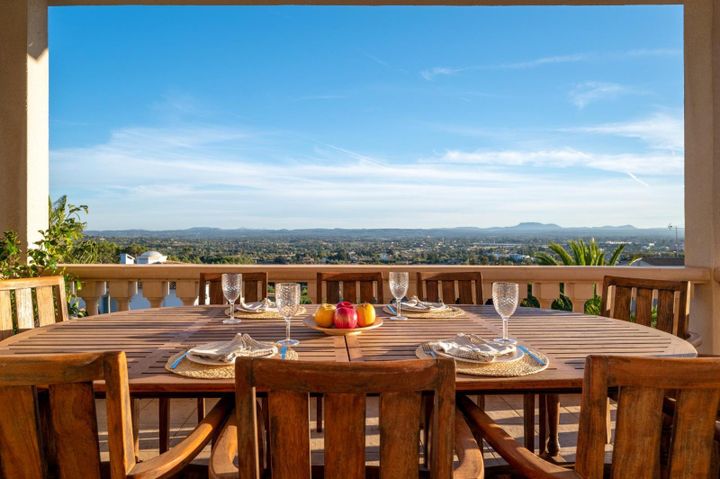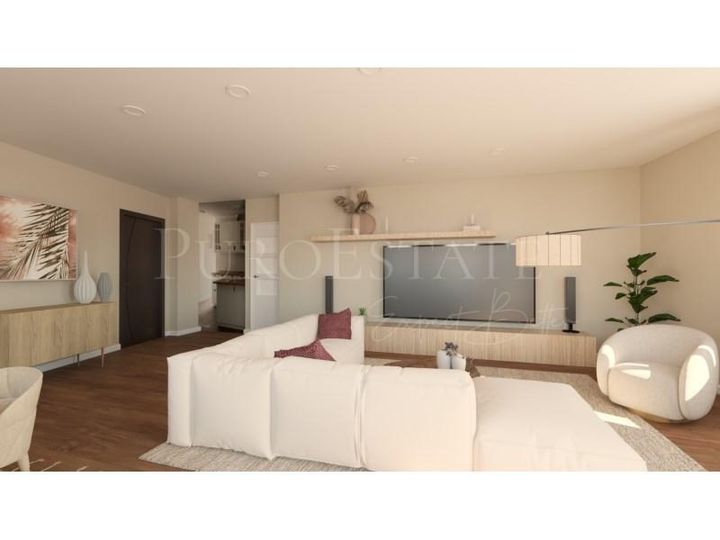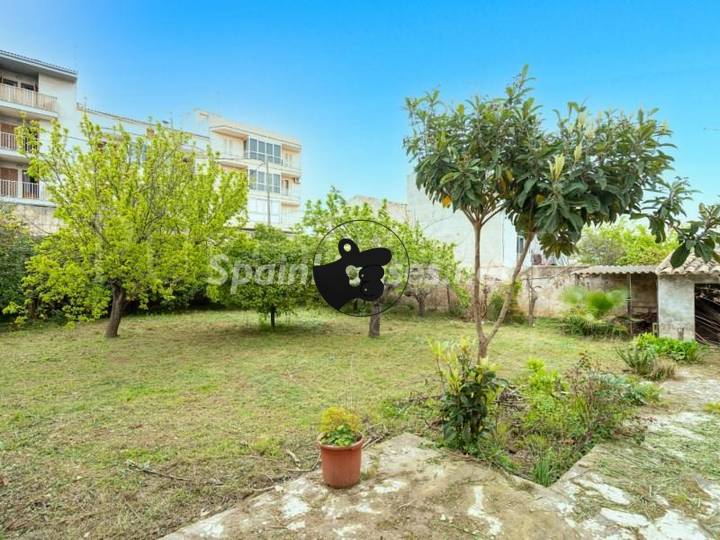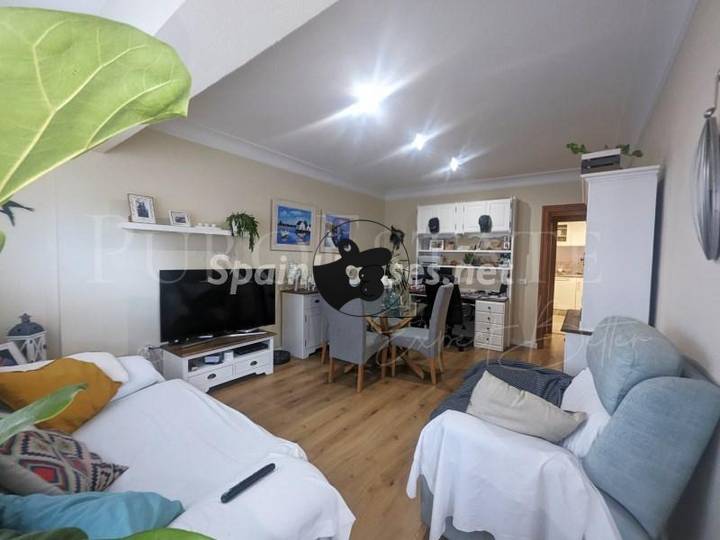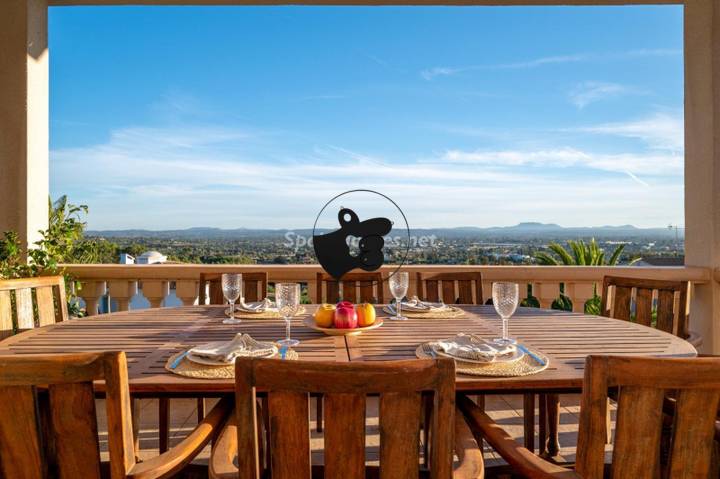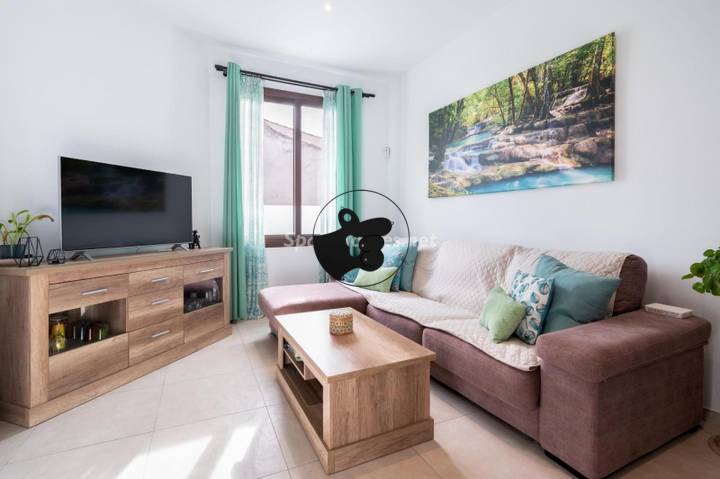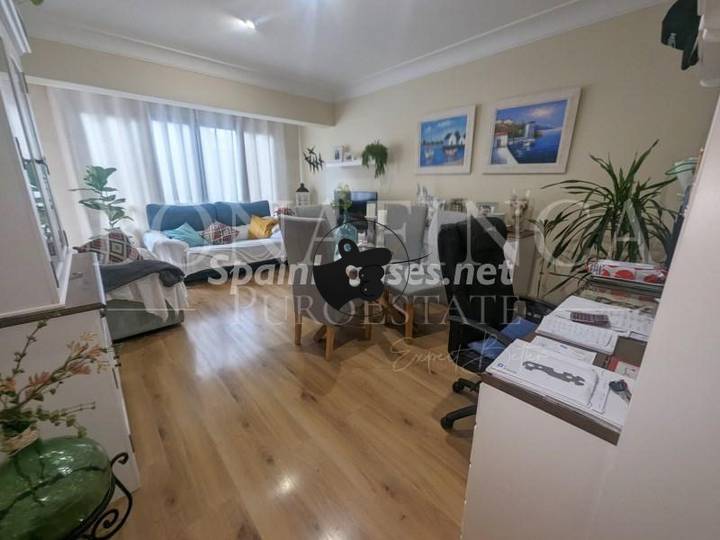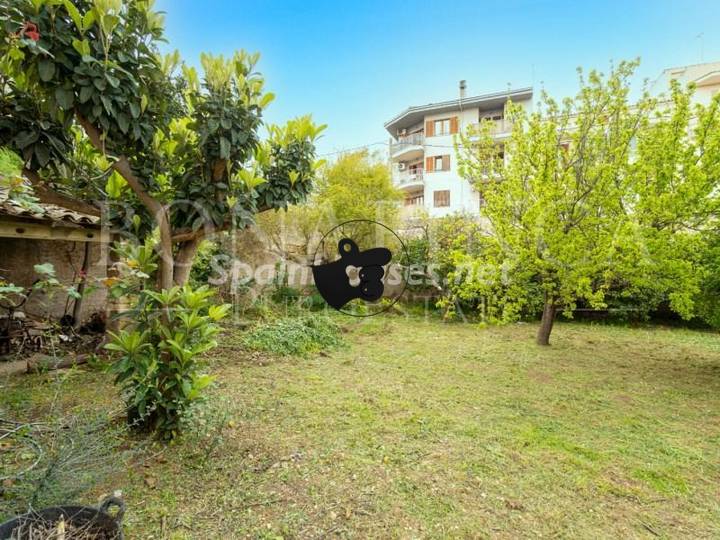Property prices in Inca are generally more affordable compared to the national average in Spain. As of recent reports, the average price per square meter in Inca hovers around €1,600, while the national average stands at approximately €1,800. This trend is primarily attributed to Inca’s position in Mallorca, where property prices tend to be influenced by proximity to coastal hotspots. For instance, neighboring areas like Palma de Mallorca and Alcudia often see prices exceeding €3,000 per square meter, creating a stark contrast. Additionally, the market in Inca reflects a mix of traditional fincas and modern apartments, appealing to both locals and investors, although the average property price in Inca remains lower than both the Balearic average and the national median.
Inca
Location
Price Range
Any price
Price Range
Minimum
No min
Maximum
No max
Property type
Show all
Property type
Show all
House
Apartment
Building
Other
Bedrooms
Any beds
Bedrooms
Minimum
No min
Maximum
No max
Surface Range
Any surface
Surface Range
Minimum
No min
Maximum
No max
Sale type
For sale
Sale type
Show all
To rent
For sale
Location
Apartments and houses for sale in Inca
12 results
Recent
Inca insights
| Aspect | Summary |
|---|---|
| Population | 1,800 |
| Average Property Price | €150,000 |
| Rental Yield | 5.5% |
| Average Rent | €750 |
| Occupancy Rate | 85% |
| Capital Growth Rate | 3% |
| Property Tax | 0.75% |
| Transaction Costs | 7.5% |
| Expected ROI | 8% - 10% |
| Economic Growth Impact | Moderate, driven by tourism and agriculture |
Inca FAQ
How do property prices in Inca compare to the national average?
What factors influence real estate prices in Inca?
Real estate prices in Inca are influenced by a combination of location, demand, and local amenities. The town's proximity to major cities like Palma de Mallorca increases its appeal, as buyers often seek more affordable properties while remaining close to urban conveniences. Historical significance also plays a role; properties near landmarks such as the Sant Domingo Monastery tend to command higher prices due to their cultural value. Additionally, the local real estate market experiences fluctuations based on seasonal tourism trends, with demand peaking during the summer months. Infrastructure developments, such as improvements in transportation or new shopping centers, can further affect property values. The availability of different property types, from traditional fincas to modern apartments, also leads to varied pricing structures based on buyer preferences.
How have real estate prices in Inca changed over the last few years?
Over the past few years, real estate prices in Inca, a town in Mallorca, Spain, have experienced a notable upward trend. According to local market reports, the average property prices rose by approximately 15% from 2020 to 2023, largely driven by increased demand from both international buyers and those relocating within Spain. For example, traditional stone houses in the town center, which were typically valued around €250,000, have now seen prices climb to €290,000 or more, depending on their condition and proximity to amenities. Additionally, new developments on the outskirts are attracting buyers looking for modern features, with prices in these areas climbing even more steeply due to limited supply. The rise in interest can be attributed to Inca's appealing blend of rural charm and accessibility, which has made it a desirable location during the post-pandemic shift towards more spacious living.
What is the average price per square meter in Inca?
The average price per square meter in Inca varies depending on the neighborhood and property type. As of 2023, prices typically range from around €1,500 to €2,200 per square meter. For instance, properties in central areas, closer to local amenities and historical sites, tend to be on the higher end of this spectrum, while those located on the outskirts or in less sought-after neighborhoods can be found at lower prices. Recent listings show that a modern apartment in the heart of Inca may fetch approximately €2,000 per square meter, while a larger family home outside the city center might be available for around €1,400 per square meter. Additionally, the market has shown variations based on property age, with newer constructions generally commanding premium prices compared to older, potential fixer-uppers.
Are homes in Inca typically more affordable than in nearby areas?
Homes in Inca tend to be more affordable compared to nearby areas such as Palma or Sóller. The average property prices in Inca are often significantly lower, with many listings available below the €300,000 mark for spacious apartments or traditional townhouses. In contrast, Palma, being the capital of Mallorca, features higher demand and prices, with many homes priced over €400,000. Additionally, the more picturesque towns like Sóller, famous for its scenic views and narrow-gauge railway, see even steeper property prices, often exceeding €500,000 for smaller homes. Factors contributing to Inca's affordability include its location slightly inland, lower tourism traffic, and a more local, residential atmosphere compared to the bustling coasts.
What is the trend for luxury property prices in Inca?
Inca has seen a noticeable upward trend in luxury property prices over the last few years, driven by increased demand from both national and international buyers. Properties featuring traditional Mallorcan aesthetics, such as stone facades and courtyard gardens, have garnered particular interest. For instance, villas boasting panoramic views of the Tramuntana mountains can fetch prices exceeding €1 million, while modern luxury apartments in the town center often linger around €500,000 to €800,000. Recent developments also indicate a growing trend in eco-friendly luxury homes, integrating sustainable materials and technology, which are appealing to environmentally conscious investors. Additionally, the charm of Inca, with its vibrant market scene and proximity to both the beach and the mountains, continues to attract affluent buyers looking for a blend of lifestyle and investment opportunities.
What impact do economic conditions have on real estate prices in Inca?
Economic conditions significantly influence real estate prices in Inca, Mallorca, driven by factors such as employment rate, local income levels, and tourism. For instance, during periods of economic growth, an increase in disposable income among residents often leads to higher demand for properties. This was evident in 2016 when Inca experienced a surge in property prices as the local job market strengthened, corresponding with a growing population. On the other hand, economic downturns can cause stagnation or declines in the real estate market. In 2008, following the global financial crisis, Inca saw a drop in property values due to rising unemployment and decreased buyer confidence, leading to many homes remaining unsold for extended periods. Additionally, the impact of the real estate market on the tourism sector can't be overlooked, as a slowdown in tourism can lead to less demand for vacation rentals, further affecting property prices.



